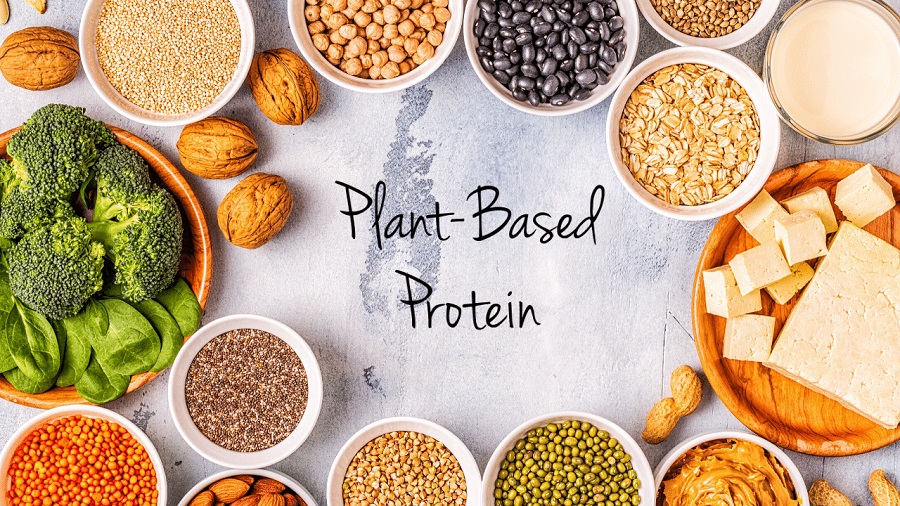
Introduction: The Evolution of a Misunderstood Ingredient
Once dismissed as a “processed filler,” maltodextrin is undergoing a clean-label revolution. Organic maltodextrin, sourced from non-GMO crops and produced without synthetic chemicals, is now a hero in functional foods, sports nutrition, and infant formulas. With the global organic maltodextrin market projected to grow at 8.5% CAGR through 2030 (Grand View Research), this neutral-tasting carbohydrate is proving that purity and performance can coexist.
1. What is Organic Maltodextrin? Redefining a Classic
1.1 The Basics
Maltodextrin is a lightly sweet polysaccharide derived from starch (corn, tapioca, or potato). Its organic variant is produced through enzymatic hydrolysis of non-GMO crops, avoiding harsh chemicals like chlorine or synthetic acids.
1.2 The Organic Advantage
- Non-GMO & Pesticide-Free: Crops grown under USDA/EU Organic standards, free from glyphosate residues.
- Clean Processing: Enzymatic breakdown preserves natural molecular structure, unlike conventional acid hydrolysis.
- Certifications: USDA Organic, Non-GMO Project Verified, and Kosher/Halal options.
2. Science-Backed Benefits: Beyond “Just a Carb”
2.1 Gentle Energy for All Ages
- Low Osmolarity: Rapidly absorbed without digestive stress, ideal for infant formulas and medical nutrition (WHO-approved for oral rehydration).
- Steady Fuel: Glycemic Index (GI) of 85–105 (varies by source), providing quick energy for athletes without spiking blood sugar long-term.
2.2 Functional Versatility
- Prebiotic Potential: Emerging research suggests organic tapioca maltodextrin may support gut microbes better than corn-based variants (Food & Function, 2023).
- Texture Mastery: Binds water in plant-based meats, preventing dryness—a key challenge in vegan burgers and sausages.
2.3 Allergen-Free & Inclusive
- Gluten-free, vegan, and hypoallergenic—safe for sensitive populations.
3. Organic vs. Conventional: A Stark Contrast
| Criteria | Conventional Maltodextrin | Organic Maltodextrin |
|---|---|---|
| Raw Material | Often GMO corn, pesticide residues | Non-GMO, organic crops |
| Production | Harsh chemical hydrolysis | Enzymatic process, no synthetic solvents |
| Nutrition | May contain trace additives | 100% pure, no anti-caking agents |
| Environmental Impact | High carbon footprint, water pollution | Regenerative farming, closed-loop water systems |
4. Multisector Applications: The Unsung Hero of Clean Labels
4.1 Sports Nutrition
- Post-Workout Recovery: Combines with organic plant proteins (pea, rice) to optimize amino acid absorption.
- Energy Gels: Neutral taste and smooth texture make it preferred over gritty alternatives.
4.2 Infant & Pediatric Nutrition
- Hypoallergenic Formulas: Easily digestible carb source for babies with lactose intolerance.
- Baby Food Texture: Prevents clumping in organic purees while adding mild sweetness.
4.3 Plant-Based Revolution
- Meat Alternatives: Retains moisture in pea-protein patties, mimicking juiciness of beef.
- Dairy-Free Cheeses: Improves meltability in organic cashew-based cheddar.
4.4 Functional Foods & Supplements
- Vitamin Encapsulation: Carries fat-soluble nutrients (e.g., vitamin D) in powdered blends.
- Low-Sugar Sauces: Thickens organic ketchup or BBQ sauce without added sugar.
5. Sustainability: From Farm to Facility
- Regenerative Agriculture: Organic corn and tapioca farms increase soil organic matter by 15% over 5 years (Rodale Institute).
- Zero-Waste Production: Starch byproducts upcycled into biodegradable packaging or animal feed.
- Carbon-Neutral Goals: Leading suppliers offset emissions via reforestation partnerships.
6. How to Source and Use Organic Maltodextrin
6.1 Choosing the Right Supplier
- Transparency: Demand third-party lab reports for heavy metals, pesticides, and GMO testing.
- Customization: Opt for tailored DE (Dextrose Equivalent) values—lower DE (10–15) for thicker textures, higher DE (18–20) for solubility.
6.2 Formulation Pro Tips
- Baking: Replace 10% flour with organic maltodextrin for softer gluten-free bread.
- Smoothies: Add 1–2 tsp to balance gritty plant proteins without altering flavor.
- Savory Applications: Blend with nutritional yeast for a “cheesy” texture in vegan sauces.
6.3 Storage & Handling
- Powder: Store in airtight containers at <60% humidity.
- Liquid Blends: Use within 48 hours to prevent microbial growth.
7. Success Stories: Brands Winning with Organic Maltodextrin
7.1 “PureStart” Organic Infant Formula
- Challenge: Create a gentle, EU-compliant formula for colicky babies.
- Solution: Organic tapioca maltodextrin + hydrolyzed rice protein.
- Result: 90% reduction in parent-reported digestive issues.
7.2 “GreenBite” Plant-Based Jerky
- Innovation: Used organic maltodextrin to bind pea protein and retain moisture.
- Outcome: 200% increase in shelf life and “Best New Snack” at Expo East 2024.
8. The Future: Where Innovation Meets Ethics
- Precision Fermentation: Bioengineered organic maltodextrin from upcycled agricultural waste.
- Climate-Resilient Crops: Drought-tolerant organic cassava for stable supply chains.
Conclusion: The Neutral Hero of Clean-Label Nutrition
Organic maltodextrin powder is no longer a compromise—it’s a strategic choice for brands prioritizing purity, performance, and planet. From stabilizing plant-based meats to fueling tiny tummies, this humble carbohydrate bridges the gap between science and sustainability. As consumers demand cleaner labels and greener practices, organic maltodextrin stands ready to sweeten—not sugarcoat—the future of food.







